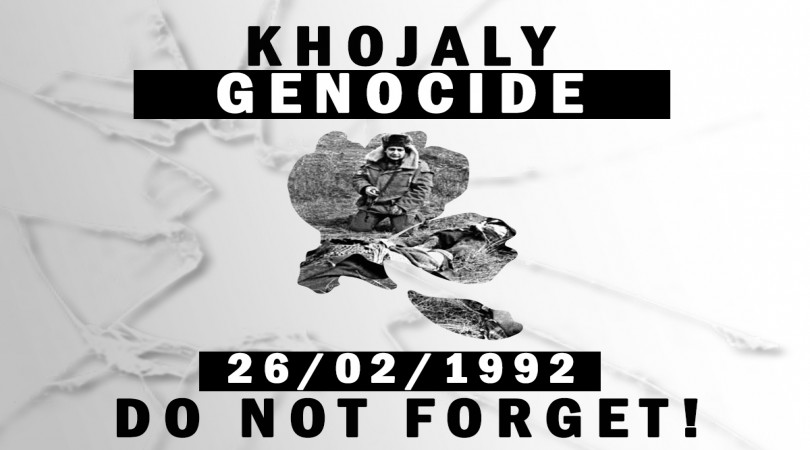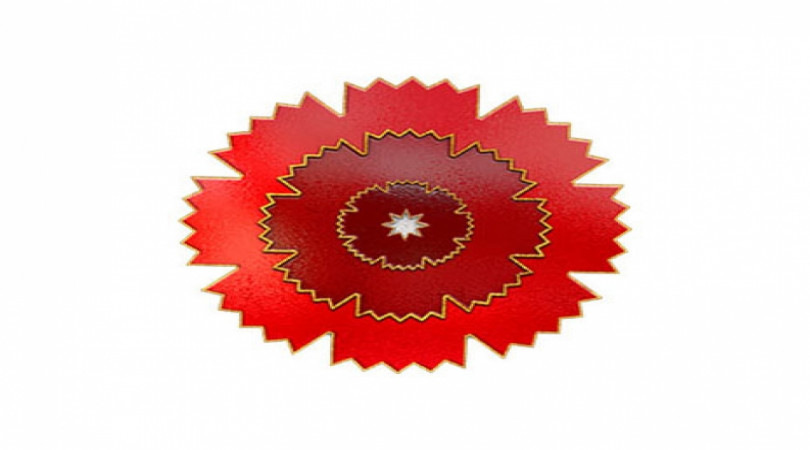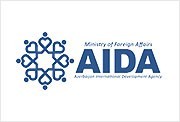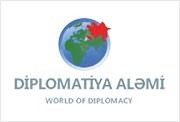On 20 January 1990 the Central Soviet Authorities perpetrated an atrocious crime against Azerbaijani people
On that day the Soviet Army stormed Baku – capital of Azerbaijan to punish people rallied on the streets protesting against violations of the territorial integrity of Azerbaijan. Special Soviet troops using heavy offensive weapons, including tanks and armored vehicles, occupied a city. As a result of punitive actions more than 130 civilians were killed and 700 wounded, hundreds of people were arrested and subjected to various forms of physical pressure. Among victims were children, women, young and old men, as well as other civilians of different nationalities of Baku. This massacre entered the history of Azerbaijan as the ‘Black January’.
The strong indignation and protest of the people of Azerbaijan was caused by the prejudiced and biased policy of the Communist Party and the Government of the Soviet Union towards the people of Azerbaijan. Soviet authorities’ connivance at the Armenian expansionists, who claimed Mountainous Karabakh, an integral part of Azerbaijan, compelled the people of Azerbaijan to defend the territorial integrity of their country. Such a policy of the Soviet leaders led also to the expulsion in 1988-1989 of 200.000 of Azerbaijanis from Armenia. Not a single Soviet mass media entity touched upon this crime and the tragedy of the Azerbaijanis in Armenia passed over in silence.
Bloody events of the period from 1988 to 1990 and the tragedy of the Black January ushered in a new tragic chapter in the policy of mass persecution and ethnic cleansing against Azerbaijanis, which had been executed primarily in Armenia, and in Azerbaijan itself by Armenian nationalists, dashnaks and their patrons from the Soviet Communist leadership at the beginning of the last century. People took into the streets to voice their legitimate protest against violations of the territorial integrity of their homeland by Armenia that was openly supported by the then soviet leadership.
In the fall of 1989, the independence movement in Azerbaijan had reached an incredible momentum with hundreds of thousands of people demonstrating for the ideals of freedom, independence and sovereignty. New democratic forces were clearly in control of political agenda and stood poised to win the upcoming parliamentary elections in March 1990. Clearly, the Soviet Army descended on Baku simply because the Kremlin was determined “to restore order” and return the status-quo – to keep the regime of the Soviet Empire alive in Azerbaijan and anywhere else within the boundaries of the former Soviet Union.
The twenty six thousand strong Soviet troops stormed the capital of Azerbaijan – city of Baku, center of the Azerbaijani national independence movement – on the night from 19 to 20 January 1990 in a desperate, brutal and yet futile attempt to strangle that national movement and stop the demise of the Soviet regime in Azerbaijan and to put the legitimately claiming people under the illegitimate soviet disorder of the time.
The invasion was launched at the midnight and committed with ferocity and no mercy for children, women and elderly. Helsinki Human Rights Watch has documented how the Soviet army intentionally ran down and crashed unarmed peaceful civilians under their tanks. How they opened fire at a civilian bus that posed no conceivable physical threat, killing the driver and many passengers. How they attacked hospitals and clearly marked ambulances and medical personnel assisting the wounded. How they randomly sprayed residential yards and apartment buildings with automatic fire. Finally, how they stabbed defenseless civilians to death with bayonets.
The next day, on January 21, 1990 Heydar Aliyev, national leader of Azerbaijan came to the permanent representation of Azerbaijan in Moscow and expressed his protest. At the press conference organised for the representatives of foreign mass media he condemned the agression of Soviet leadership against Azerbaijan and its people. His statement became the first political assessment of Black January of 1990.
Black January has become the turning point in the history of modern Azerbaijan. On January 20, 1990 Azerbaijanis acquired their national identity. The Soviet invasion failed to achieve its aim. The Azerbaijani people confronted the tragedy with strength and dignity. Every bullet that was fired splattered blood across the face of the Soviet regime, undermining the ideals of communism and totalitarianism. Those tanks, armored vehicles, automatic rifles and bullets were supposed to have scared the nation into giving up its dream for independence. But instead, the sun rose the next day on a very different Azerbaijan more determined than ever to pursue its dream.
Unfortunately, the perpetrators of the 20 January tragedy went unpunished. While the punitive actions against public in Tbilisi, Georgia in 1989 and Vilnius, Lithuania in 1991 were strongly condemned by the Soviet and world public, the truth of the Black January received less public attention through the efforts of the Soviet authorities. The Soviet authorities removed all files and evidences related to this massacre from Azerbaijan. The massacre of 20 January was one of the outrageous manifestations of the totalitarian regime against its own citizen.
In 1991 Azerbaijan became independent. Today the victims of the Black January repose in Martyr’s Alley in the capital city of Baku. They were among the first to sacrifice their lives for freedom that Azerbaijan nowadays enjoy and those heroes will never be forgotten…



















